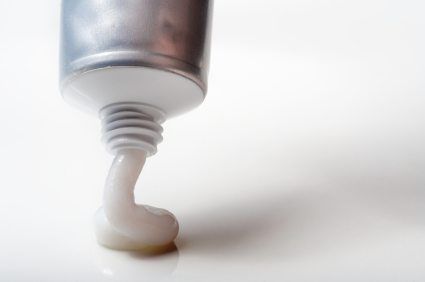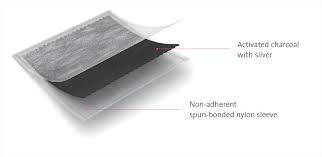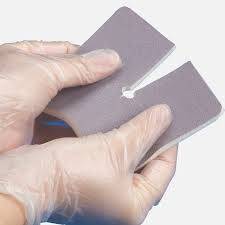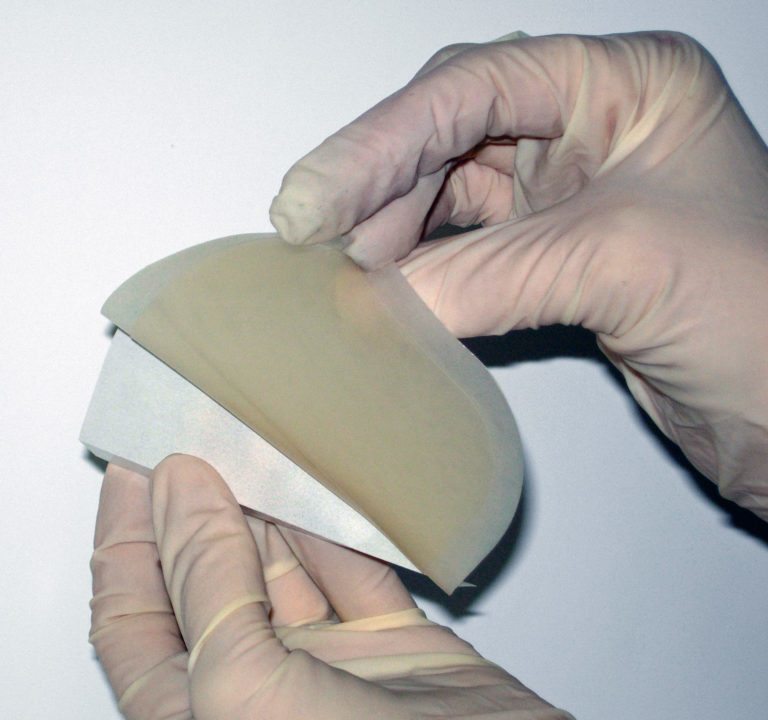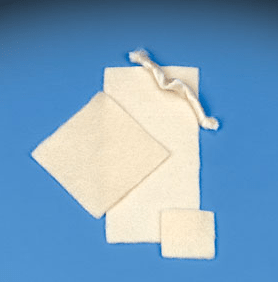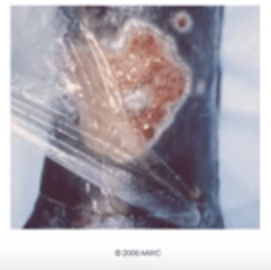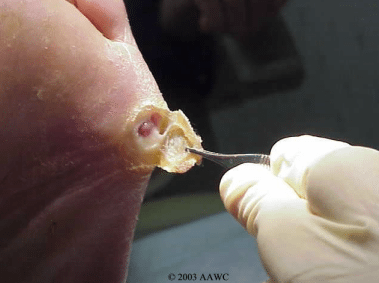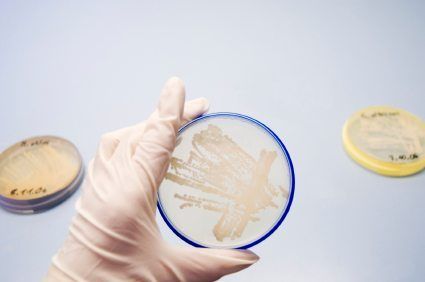The Future of Wound Management
Wound management is a rapidly growing field, with new developments and discoveries coming one after the other. We’ve come a long way from the days where all wounds were managed with gauze (although gauze is still sometimes appropriate). What’s coming in the field of wound management? Let’s take a look at some of the “up…


